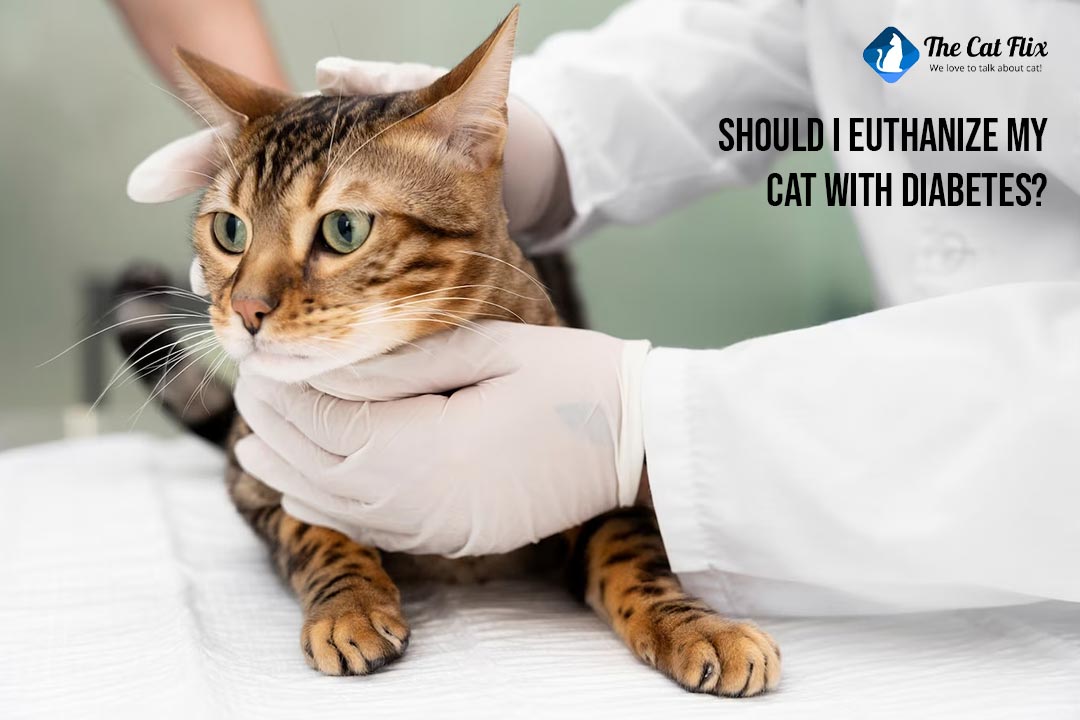Diabetes is a common chronic health condition in cats, affecting up to 1 in 200. It is caused by the body’s inability to produce or use insulin, a hormone that regulates blood sugar levels. Many cat owners face this tough choice: Should I Euthanize My Cat With Diabetes? or Is euthanasia is the right option?
This is a difficult decision to make, and there is no easy answer. Though it depends on the cat’s age, overall health, and quality of life.
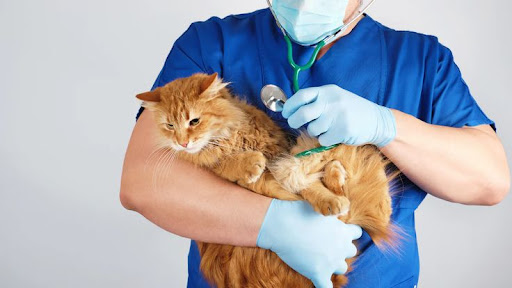
In this article, we will help you identify the signs of end-stage diabetes, weigh the pros and cons of euthanasia, and answer some common questions about this topic.
What Diabetes and Euthanasia Is
In our previous chat, I talked about a fancy feast for diabetic cats. But today I’ll talk about a more serious stage of diabetes in cats.
Diabetes is a chronic health condition that affects millions of cats worldwide. It is caused by the body’s inability to produce or use insulin, a hormone that regulates blood sugar levels.
While diabetes can be managed with insulin therapy and dietary changes, it can also lead to serious complications, such as diabetic ketoacidosis (DKA), which can be fatal.
Diabetes can make cats suffer a lot or lose their ability to enjoy life. In these situations, some owners may consider euthanasia as a humane option to end their cat’s suffering painlessly.
What Signs and Symptoms You Should Look For
- Increased thirst and urination: This is one of the most common signs of diabetes in cats. Your cat may drink more water than usual and urinate more often.
- Unexpected Weight Loss: Even if your cat is eating a normal amount of food, they may lose weight because their body is not using the sugar in their food properly.
- Increased Appetite: Your cat may start to beg for food more often, even if they have just eaten. This happens when their body can’t take in the sugar from the blood, so they always feel hungry.
- Gastrointestinal Issues: Vomiting and diarrhea, these symptoms can happen due to dehydration, electrolyte imbalances, and insulin insufficiency.
- Lethargy and Depression: Your cat may seem tired or lethargic, showing less interest in their surroundings or usual activities. Not only that, but your cat may also seem withdrawn or depressed,
- Neurological Signs: In severe cases of hypoglycemia (low blood sugar), a diabetic cat may experience neurological symptoms, including shivering, staggering, convulsions, or even loss of consciousness. These require immediate veterinary attention.
Should I Euthanize My Diabetic Cat?
Making the decision to euthanize a beloved pet can be one of the most difficult decisions a pet owner will ever face. Euthanasia is the act of ending a cat’s life painlessly and peacefully, usually by giving a lethal injection.
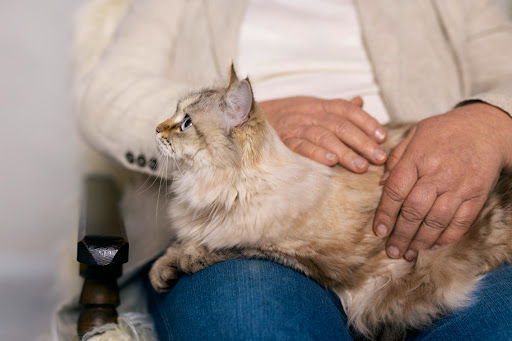
This decision is particularly challenging when it comes to a cat with diabetes, a chronic condition that requires ongoing management.
It’s important to weigh all the factors like a cat’s overall health, quality of life, and your ability to provide the necessary care.
When To Euthanize a Cat With Diabetes
- Age and Overall Health: Older cats with diabetes may be more prone to complications, making it more difficult to manage their condition.
If your cat is experiencing declining health due to diabetes or other age-related issues, euthanasia may be a compassionate option.
- Quality of Life: The most crucial factor is your cat’s quality of life. If your cat is in constant pain, suffering from severe complications, or unable to enjoy their usual activities, euthanasia may be the kindest choice.
- Caregiver Ability: Consider your ability to provide the necessary care for your diabetic cat. Such as administering insulin injections, monitoring blood sugar levels, and providing special dietary needs.
If you feel overwhelmed or unable to provide adequate care, euthanasia may be a valid option.
Remember, every situation is unique, and the decision to euthanize a diabetic cat should be made on a case-by-case basis.
Consult with your veterinarian to thoroughly discuss your cat’s condition, prognosis, and your ability to provide care. Together, you can make an informed decision that prioritizes your cat’s well-being and quality of life.
What Are The Final Stages Of Diabetes In Cats
The final stages of diabetes in cats are characterized by a decline in overall health and an increased risk of complications. These complications can include:
- Diabetic ketoacidosis (DKA): A serious condition that occurs when the body produces high levels of ketone bodies, which are byproducts of fat metabolism. DKA can lead to vomiting, diarrhea, dehydration, and coma.
- Neuropathy: Damage to the nerves, which can cause weakness, loss of coordination, and pain.
- Retinopathy: Damage to the retina, which can lead to vision loss and blindness.
- Nephropathy: Damage to the kidneys, which can lead to kidney failure.
Also, those symptoms I mentioned earlier like shivering, staggering or wobbly gait, convulsions or seizures and loss of consciousness.
Is It Worth Treating a Cat With Diabetes
Yes, it is worth treating a cat with diabetes. Although diabetes is a chronic condition that cannot be cured, it can be effectively managed with treatment, allowing cats to live long and healthy lives.
Early diagnosis and treatment are crucial for preventing complications and ensuring your cat’s well-being.
What Are The Treatments for Diabetic Cat
1. Insulin Therapy: It’s a primary treatment, involving giving the cat insulin injections, usually twice a day.
Insulin therapy is often required for cats with Type I (deficiency of insulin production) diabetes. Also needed for cats with Type II (insulin resistance) diabetes.
Along with injection, this therapy requires careful monitoring of the cat’s blood sugar levels. Also, regular adjustments of the insulin dose and type, depending on the cat’s response and condition.
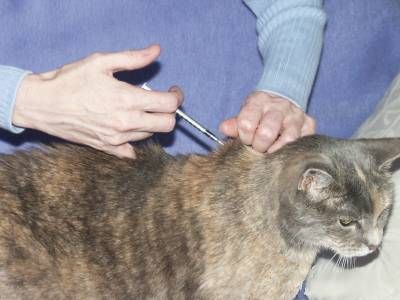
2. Dietary Changes: Feeding the cat a diet that is high in protein and low in carbohydrates, which can help reduce their blood sugar levels and insulin requirements.
Dietary changes are often recommended for cats with Type II diabetes, so they can improve their insulin sensitivity and possibly achieve remission. This may also help cats with Type I diabetes to reduce their insulin dose and prevent weight gain.
Dietary changes require consultation with a veterinarian, who can prescribe a suitable diet for the cat, as well as regular monitoring of the cat’s weight and appetite.
3. Oral Medications: Final treatment is giving diabetic cat oral drugs. It helps stimulate insulin production or enhance insulin action.
Oral medications are sometimes used for cats with Type II diabetes, as an alternative or addition to insulin therapy and dietary changes.
Oral medications require regular blood tests to check their effectiveness and safety, as well as possible side effects.
How Expensive Is To Treat a Diabetic Cat
The cost of treating a diabetic cat can vary depending on several factors, including the severity of the condition, the type of insulin used, and the frequency of veterinary visits.
However, the average cost of treating a diabetic cat can range from $50 to $200 per month, not including extra diagnostic testing or prescription medications.
With careful planning and budgeting, most pet owners can afford to provide their diabetic cats with the necessary care.
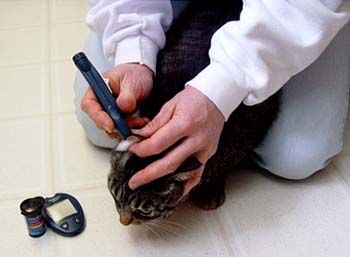
How Long a Cat Live With Uncontrolled Diabetes
Without proper treatment, a cat with uncontrolled diabetes can have a shortened lifespan. The exact lifespan can vary depending on the severity of the condition and the presence of complications.
Nevertheless, untreated diabetic cats generally live for a few months to up to two years.
Cats with more severe diabetes or early-onset complications may have a shorter lifespan, while those with milder cases may live closer to the two-year mark.
Frequently Asked Questions
How quickly can a diabetic cat go into remission?
The likelihood of a diabetic cat going into remission is highest within the first few weeks of diagnosis.
However, remission can occur at any time, even months or years after diagnosis. Studies have shown that up to 30% of cats with diabetes may achieve remission with early and proper treatment.
Do cats with diabetes feel pain?
Yes, especially if they have complications such as diabetic neuropathy (nerve damage) or diabetic retinopathy (damage to the retina).
Neuropathy can cause pain in the legs, paws, and abdomen, while retinopathy can lead to eye pain and vision problems.
What are the warning signs of diabetic ketoacidosis in cats?
DKA is a serious and potentially life-threatening complication of diabetes. The warning signs of DKA in cats include:
- Vomiting.
- Diarrhea.
- Weakness.
- Stop eating or eating very little.
- Dry-mouthed and have sunken eyes.
- Fruity-smelling breath (classic sign of DKA), caused by the buildup of ketones in the blood.
Enclosure
The decision to euthanize a beloved pet is never easy. It is a personal decision that should be made with careful consideration of your cat’s well-being and your ability to provide care.
If your cat is suffering from uncontrolled diabetes or severe complications that are unresponsive to treatment, euthanasia may be the better option.
If you are struggling with the decision of whether or not Should I Euthanize My Cat With Diabetes or not, please reach out for support. Talk to your veterinarian, join online support groups.
Remember, you are not alone in this difficult decision, and there are resources available to help you cope.

